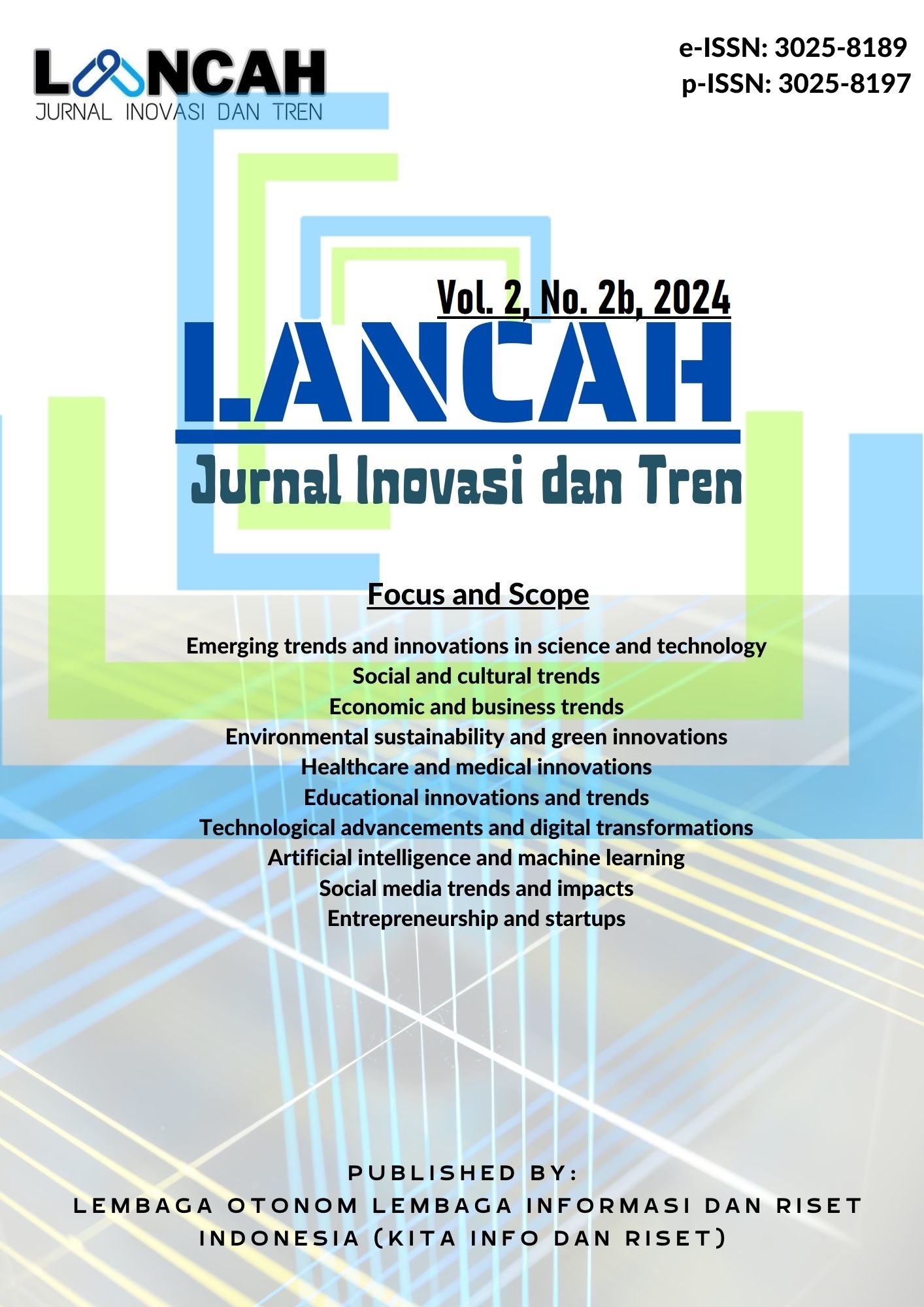Analisis Kerjasama Two Countries Twin Parks Indonesia-Tiongkok
DOI:
https://doi.org/10.35870/ljit.v2i2b.2882Keywords:
Analysis;, Cooperation;, Two CountriesAbstract
The Twin Parks Cooperation between Indonesia and China is an initiative that aims to develop a dual park area as a symbol of bilateral cooperation in ecotourism development. The concept involves the development of two park sites, one in each country, that are interconnected and designed to promote environmental preservation, sustainable tourism, and cultural exchange between the two countries. The main objectives of the project, the site selection process, the development and management model applied, and the social, economic, and environmental impacts of the Twin Parks implementation. The research method used in this study is qualitative with a comparative case study design by analysing the similarities and differences in the two countries' approaches to the development of Twin Parks. This research illustrates the importance of international co-operation in environmental and tourism management, and provides insights for the further development of bilateral co-operation in the future.
Downloads
References
Ab. Rahman, N. (2021). Sejarah Hubungan Masyarakat Melayu dan Bugis Sebagai Asas Pembinaan Naratif dalam Novel Sasterawan Negara Arena Wati. MANU Jurnal Pusat Penataran Ilmu Dan Bahasa (PPIB), 61–83. https://doi.org/10.51200/manu.v23i0.282
Dahlan, M. (2014). HUBUNGAN AGAMA DAN NEGARA A . Pendahuluan kehidupan umat manusia . 1 Perubahan dan dinamika tersebut juga Hizbut Tahrir Indonesia ( HTI ), Majelis Mujahidin Indonesia ( MMI ) dan Laskar Jihad ( LJ ) yang memiliki pandangan bahwa agama dan negara bersifat. Studi Keislaman, 14, 1–28.
Elvianti, R. (2017). Hubungan Kausalitas Antara Penerimaan Pajak Dan Pengeluaran Negara Di Indonesia Periode 2000-2015. Jurnal Ekonomi Dan Bisnis, 22(1), 31–39. https://doi.org/10.24123/jeb.v22i1.1644
Gede Sudika Mangku, D. S. (2017). PENERAPAN PRINSIP PERSONA NON GRATA ( HUBUNGAN DIPLOMATIK ANTARA MALAYSIA DAN KOREA UTARA) Oleh. 135–148.
Downloads
Published
Issue
Section
License
Copyright (c) 2024 Rina Munawaroh

This work is licensed under a Creative Commons Attribution-NonCommercial-ShareAlike 4.0 International License.
Copyright and Licensing Agreement
Authors who publish with this journal agree to the following terms:
1. Copyright Retention and Open Access License
- Authors retain full copyright of their work
- Authors grant the journal right of first publication under the Creative Commons Attribution 4.0 International License (CC BY 4.0)
- This license allows unrestricted use, distribution, and reproduction in any medium, provided the original work is properly cited
2. Rights Granted Under CC BY 4.0
Under this license, readers are free to:
- Share — copy and redistribute the material in any medium or format
- Adapt — remix, transform, and build upon the material for any purpose, including commercial use
- No additional restrictions — the licensor cannot revoke these freedoms as long as license terms are followed
3. Attribution Requirements
All uses must include:
- Proper citation of the original work
- Link to the Creative Commons license
- Indication if changes were made to the original work
- No suggestion that the licensor endorses the user or their use
4. Additional Distribution Rights
Authors may:
- Deposit the published version in institutional repositories
- Share through academic social networks
- Include in books, monographs, or other publications
- Post on personal or institutional websites
Requirement: All additional distributions must maintain the CC BY 4.0 license and proper attribution.
5. Self-Archiving and Pre-Print Sharing
Authors are encouraged to:
- Share pre-prints and post-prints online
- Deposit in subject-specific repositories (e.g., arXiv, bioRxiv)
- Engage in scholarly communication throughout the publication process
6. Open Access Commitment
This journal provides immediate open access to all content, supporting the global exchange of knowledge without financial, legal, or technical barriers.











